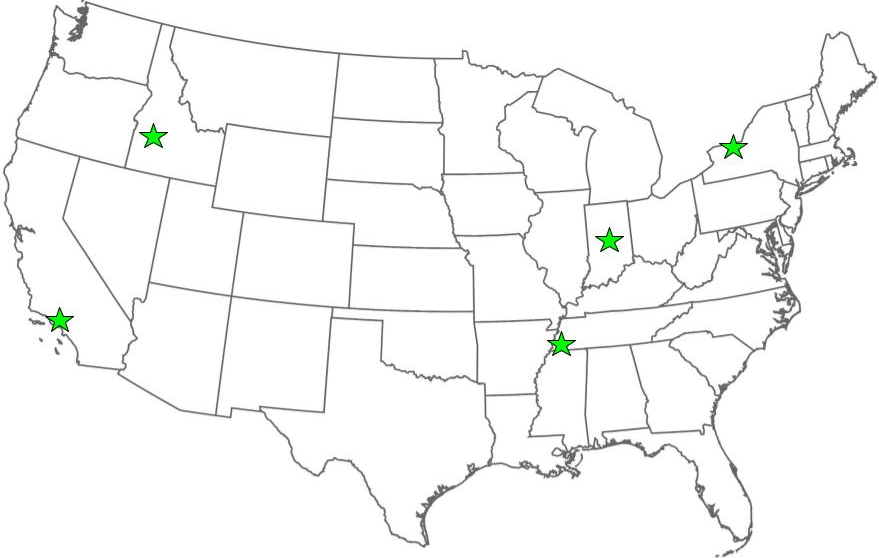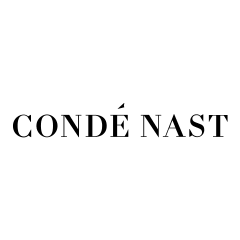Initially, a lot of e-commerce companies manage their own order fulfillment. This strategy makes sense when operations are still getting established and order volumes are reasonable. However, scaling in-house e-commerce fulfillment processes can become more difficult and expensive as your business expands.
Key Indicators It’s Time to Make the Switch to 3PL
How can you determine when your company is ready to scale e-commerce fulfillment with a third-party logistics provider? Keep an eye out for these indicators:
1. Order Volume Exceeds Capacity
Even in times of high traffic, a 3PL can sustain service levels with well-established procedures and committed employees.
2. Storage Space Limitations
Warehouse space rapidly becomes a valuable resource as your product portfolio grows. Due to space limitations rather than strategic objectives, many businesses end up making ineffective judgments.
3. Increasing Error Rates
With 200 or more orders a day, manual procedures that handled 20 orders a day start to make mistakes. For e-commerce fulfillment to scale, 3PLs need to have advanced technology in place.
4. Geographic Limitations
Self-fulfillment typically involves shipping from a single site for customers in remote places, which increases transportation costs and delays delivery. 3PLs offer many warehouse locations to maximize delivery networks.
5. Technology Investment Hurdles
Significant investment is needed for automation tools, inventory tracking software, and warehouse management systems. 3PLs are able to divide these technological expenses across several customers.
Creating a Transition Plan for Scaling Ecommerce Fulfillment
Once you’ve decided to make the switch, follow these steps to ensure a smooth transition:
1. Selecting a 3PL Partner
Examine factors including scalability, technology compatibility, industry experience, and cultural convergence. Conduct in-depth interviews and ask companies that are comparable to yours for references.
2. Developing Timelines
Create a realistic timeline that accounts for:
Keep up your current fulfillment operations during the transition period while progressively transferring volume to your 3PL partner. This lowers the possibility of service interruptions. Establish quantifiable goals for your e-commerce fulfillment plan growing, such as:
Notify clients of any upcoming modifications to the packaging or delivery process. During the change, transparency greatly assists in controlling expectations. Being well-prepared is crucial to the success of your transition: Ensure all products have consistent SKUs, descriptions, dimensions, and weights. Clean data is essential for scaling ecommerce fulfillment operations. Create comprehensive instructions for goods that need particular handling, packaging, or kitting. To connect your e-commerce platform to your 3PL’s warehouse management system, collaborate closely with their technical staff. For e-commerce fulfillment to scale successfully, real-time information flow is essential. Choose whether to transfer inventory in stages or all at once. When arranging the transfer, take into account variables such as product turnover rates and seasonal demand. Establish procedures for keeping an eye on the quality of fulfillment both during and after the transition. You may make sure your 3PL upholds your standards by conducting regular performance reviews. After successfully scaling ecommerce fulfillment with a 3PL partner, look for opportunities to leverage additional services:
Your expanding e-commerce fulfillment strategy can achieve new levels of efficiency and free up your team to concentrate on customer relations, marketing, and product development—the main tasks that propel business expansion—by selecting a reputable 3PL with a track record of success. By recognizing the right timing, following a structured transition plan, and properly preparing your inventory and systems, you can navigate this change successfully and position your business for sustainable growth with a reliable fulfillment partner at your side.3. Planning for Parallel Operations
4. Establishing Clear KPIs
5. Creating a Plan for Communication
Preparing Your Inventory and Systems for the Handover
1. Standardizing Product Data
2. Documenting Special Requirements
3. Integrating Your Systems
4. Developing Inventory Transfer Strategy
5. Establishing Quality Control Procedures
Maximizing 3PL Benefits with Wolff/SMG
Making the switch from self-fulfillment to a reliable 3PL provider like Wolff/SMG is a big step in the development of your e-commerce company. With decades of experience in the field, Wolff/SMG offers customized solutions that expand with your company and is aware of the particular difficulties involved in developing e-commerce fulfillment operations.
















